6. New Rose Hotel (1998)
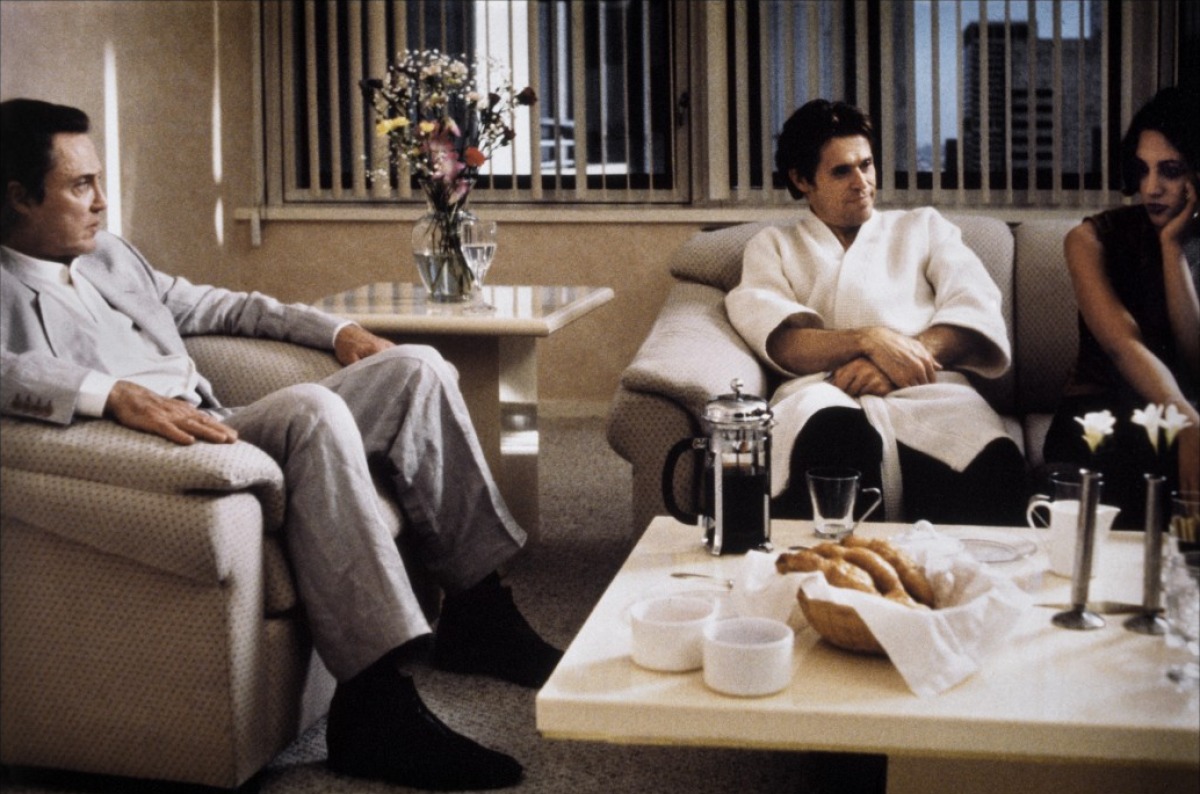
Abel Ferrara takes on William Gibson’s title short story in this strange and subdued film, weirdly faithful to Gibson’s style of elliptical abstraction, the feeling of only ever playing catch up to events unfolding off-screen – fittingly, the world of corporate speculators in the never-ending data flow.
Thoroughly free-form and postmodern in presentation the plot is classically tragic. Christopher Walken and Willem Dafoe are a pair of corporate grifters Fox and X who specialize in the acquisition of high level players from their employers’ competition and are eyeing the maverick bioengineer Hiroshi (Yoshitaka Amano), concocting a scheme to have him persuaded away from Maas Biolabs, to their competition Hosaka in Marrakech. They analyze the man and his vulnerabilities and settle on the simplest of plans, enlisting a young stripper and prostitute Sandii (Asia Argento) to seduce Hiroshi away from his wife to the tune of a million dollars. But working with her in the preparation X begins to be seduced by Sandii himself, who suggests he leave his own job to live with her when the thing’s all over. The obvious tragedy is X’s inability to consider she might be doing to him exactly what he pays her for.
A masterpiece of abstract liquid cool and internal circular obsession, New Rose Hotel makes great use of a minimalist scifi aesthetic (1995’s gaudy Gibson adaptation Johnny Mnemonic is a relic, while New Rose Hotel hardly feels like it’s aged a day for its simplicity) and the fragmented perspective of the videophonic mind: flashbacks mediated by footage playback; secondhand emotions, dreams and dramas implanted by pre-staged and recorded scenes; human lives lost among the aggregate, big sums and body counts, copies of copies.
7. The Falls (1980)
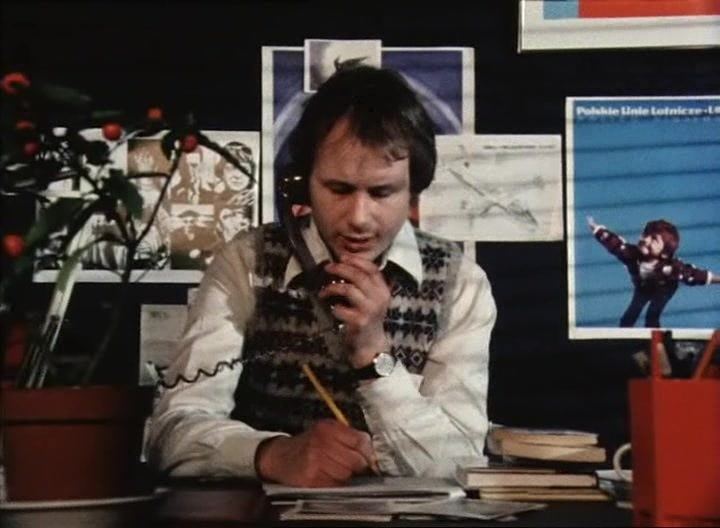
The 92 casualty case studies (alphabetically selected and sorted for last names beginning with the letters F-A-L-L) that make up The Falls’ scientific-absurdist account of the catastrophic Violent Unknown Event, or VUE for short (a possibly natural, possibly manmade event transcending national boundaries, responsible for numerous mutations and deaths, and with implications far reaching in worlds linguistic, ornithological, aerospatial) create a complex and often contradictory mosaic of the seemingly unnamable event, as half a patchwork narrative, half deadpan farce.
The Falls is a sprawling self-destruction of the documentary form, as a kind of map-and-the-territory injunction against the very institutional documentaries director Greenaway was making for the British Film Institute at the time, which serve also a primary aesthetic reference for the film, (alongside a jabberwocky of technical and pseudo-technical language) pushed to an extreme of catalogic nonsense, with a particular fixation on the texture and form of archival footage, diagram, and bureaucratic document with a collegelike revelling in the image and texture of the officiary akin to the canvas works of Robert Rauschenberg.
Conceived nonlinearly as an endless looping museum-piece, the film presents itself as something of a narratological puzzle and game, tempting the viewer to make sense of all the chaos, to try and put this impersonal account into some sort of narrative order and to try and get to the bottom of its VUE, and the various roles of its key figures and conspirators, FOX, Van Hoyten, and Greenaway’s recurring historical phantom Tulse Luper.
The cheeky underground avantgardist on display here is a very different Greenaway than the baroque aesthete he would develop into once established in his career, and The Falls is a grand experiment in no-budget filmmaking, and a structural-conceptual exercise of pure imagination like no other.
8. Wax, or The Discovery of Television Among the Bees (1991)
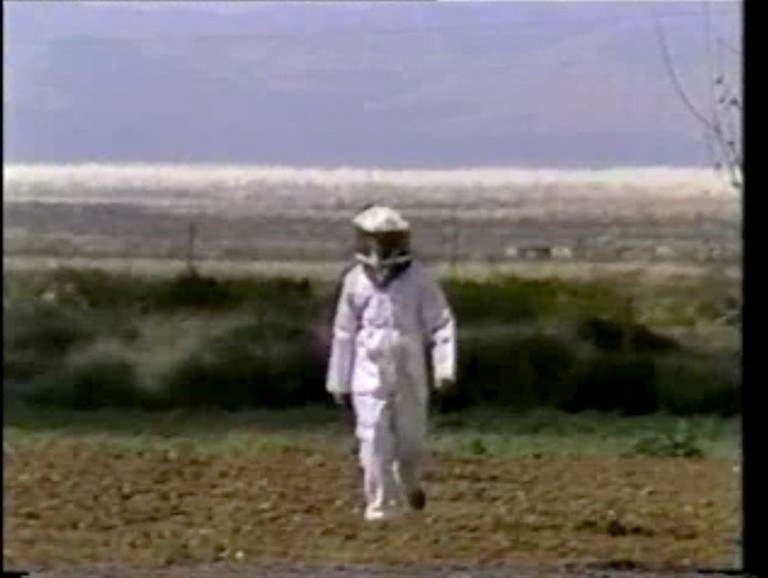
David Blair’s 1991 independent feature Wax, or the Discovery of Television Among the Bees was the first film ever to be streamed in its entirety online in 1993, and re-released as the web’s first hypertext film in waxweb, a project of filmic cut-up across a non-linear system of Web 1.0 hyperlinks, and just in 2020 re-released again in a 20-hour cut, Wax remains as an outsider art masterpiece of schizo-occult phantasmagoria growing with the advent of the new information technology, an early adopter of its new freedoms.
Wax tells the strange story of military astrophysical engineer and hobbyist beekeeper Jacob Maker, (played by David Blair himself) whose reality is shaken one day on opening his beehive and feeling the bees have suddenly implanted a telepathic television inside his head and now transmit him the inner lives of bees, images of airplanes, missiles, and the spirits of the dead. He feels himself sent on a mission, leaving his life and work behind to go out in search of the land of the dead, which is either on the moon or on a planet at the centre of the Earth.
On the run Maker begins to feel pursued by the very military systems and smart weapons he helped to engineer, while the story of his grandfather James Hivemaker (represented by the image of William S. Burroughs) is told through intercepted ancestral memory and archival documentary, a self-professessed spiritualist cinematographer who along with his half sister Ella Spiralum – inventor of the electric telescope camera – tried to capture the dead on camera, and his interactions with the Hungaro-Egyptian researcher of the plague-proof Mesopotamian bee that inhabits Jacob’s hive and mind.
An insane experiment with the video medium and computer graphics, Wax plays with 3D-modelling, superimposition, and every conceivable manipulation and distortion of the frame available to a computer in 1991, while creating a poetic-imagistic meditation on life after death, military-industrial violence, film technologies, and, of course, bees.
9. Wild Palms (1993)
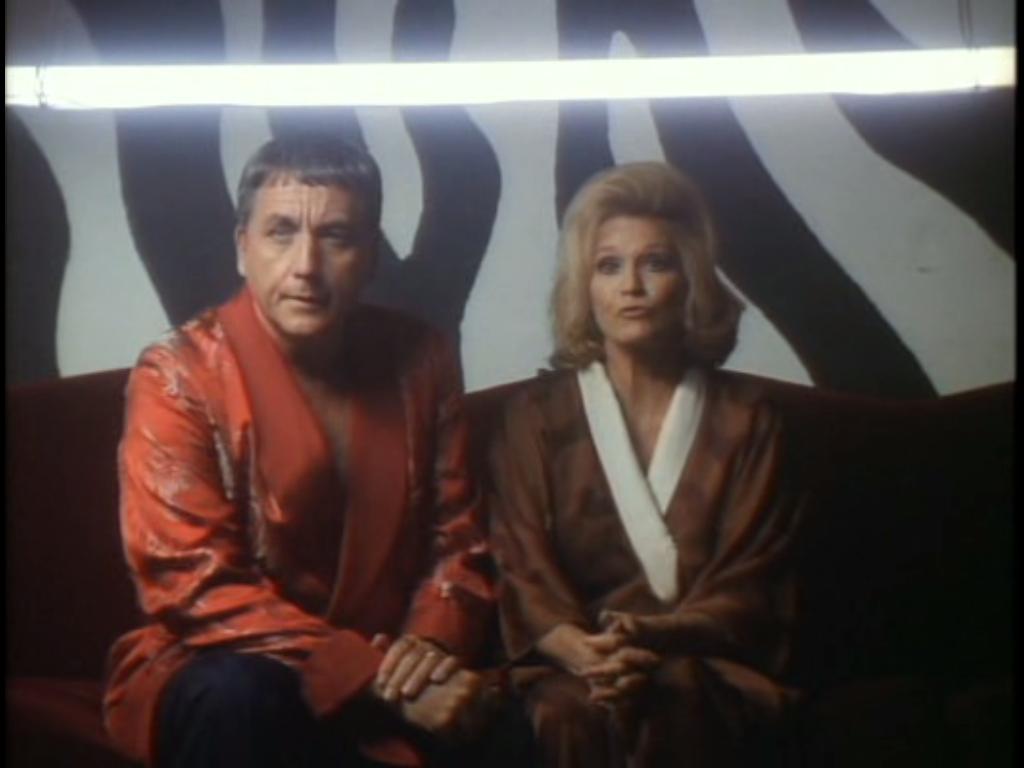
On the hype of the massive success and untimely failure of David Lynch and Mark Frost’s boundary-pushing primetime Twin Peaks, came the 5-part miniseries Wild Palms from executive producer Oliver Stone and writer Bruce Wagner, on whose comic series the show was based. Directed by Peter Hewitt, Keith Gordon, Phil Joanou, and Kathryn Bigelow, Wild Palms’ debts to Twin Peaks as both auteurist-TV market-blueprint and feverish-soap opera referent are clear, though the comparison between the two is ultimately superficial.
Far from the internal/intuitive surrealism of Peaks, Palms was a direct inheritor of the hysterical science fictions of Philip K. Dick with (surrealism by way of the supra-real) its near-future landscape of corporate California on the brink of a total virtual-reality led paradigm shift, the introduction of Matrix-like (or rather Palmer Eldritch-like) pocket realities and a reality flooded by synthetic holograms indistinguishable from the real thing – the end of seeing as believing.
Following patent attorney Harry Wyckoff’s (James Belushi) hiring by Senator Tony Kreutzer, (Robert Loggia) a far-right politician and L. Ron Hubbard-esque leader of the VR-worshipping Church of Synthiotics, strange events begin to unfold around him – revelations about the identities and connections of the family he thought he knew, wife Grace (Dana Delaney) and son Coty (Ben Savage), as well the return of ex-girlfriend Paige (Kim Cattrall) enlisting Wyckoff’s help in searching for her missing son, and recurring nightmares of a bad-omen rhinoceros – Harry finds himself pulled into a reality-altering cold war between forces neofascist and corporate-libertarian (a world that cannot even imagine a Left) for control of the VR-integrated future — plotting that only feels dreamlike because it’s so dense you have little chance of ever following or believing in it, and yet not so nuanced as to transcend a basic boiling down to conventions of good versus evil, even if the good are essentially shaded a cynical gray.
Seizing that Gen X strain of Pulp Fiction referentiality the dialogue is self-consciously even excessively pop-culture laden, characters breaking into bars of pop song, talking movies the viewer themselves are sure to know, and generally getting by on a universal language of pop-culture shorthand.
10. Until The End of The World (1991)
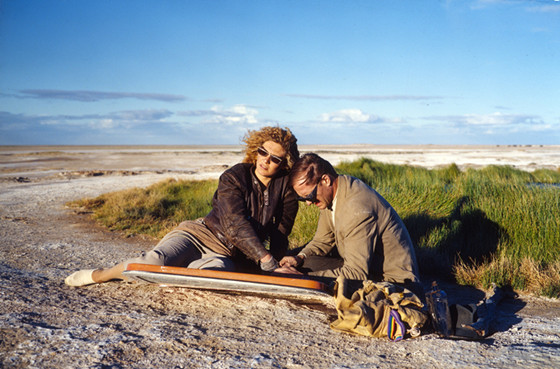
The start of a decade imagining its end Wim Wenders’ Until The End of The World is set against the excitement of the new millennium, and the fear surrounding a nuclear satellite gone out of orbit, set to fall to Earth any day amidst debates over the choice to shoot it down. Originally cut down from a reported 20-hours, the film has been released in 2½, nearly 3, and 5-hour cuts, with none exactly considered definitive. But the film is really more like two films, belonging to the same story but almost altogether different in terms of pace, theme, and tone.
Framed in the narration of novelist Eugene Fitzpatrick (Sam Neil), Until The End of The World tells the story of Claire (Solveig Dommartin), a drifting, burned-out socialite who crosses paths with Sam (William Hurt) in her travels, a fugitive from the law – unbeknownst to Claire for the possession of his inventor father Henry’s (Max Von Sydow) much-sought consciousness recording goggles – and helps him flee across the globe an international cabal of agents and bounty hunters seeking to turn the goggles over to military-science, including Rüdiger Vogler’s Chandleresque Philip Winters who befriends the two along the way.
Then with the crash of the nuclear satellite comes the film’s second half, a post semi-apocalyptic marooning of Eugene, Claire, Sam, Henry, and his blind and ailing wife Edith (Jeanne Moreau) in Henry’s research compound in the Australian outback, which seems alone to have escaped the electronic blackout in the wake of the crash. Here Henry experiments with using the goggles to transmit the mind’s eye direct to Edith’s mind, and with using the goggles to probe Claire and Sam’s dreams, a total freedom of the mind and withdrawal from the world outside, all in a sustained meditation on image, dream, reality, escape, and mortality, far as can be from the first part’s light fare adventure.
Here is Wenders doing his first (last?) big budget epic – full of elaborate sets, costumes, props, and world building excess, consumer electronics, videophones, cameras, the future imagined from Wenders’ own globetrotting metropolitanism – cultural centres, transit stations, long distance video calls, and so many languages from so many multilinguists your brain stops distinguishing between what you hear and what’s read in translation. A rare and hopeful image of a positive postmodernity.